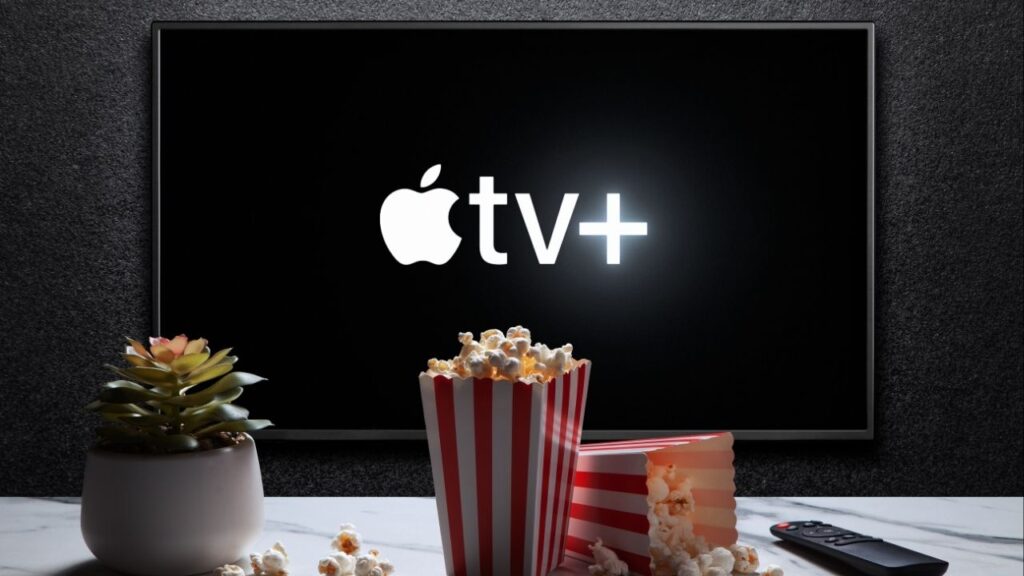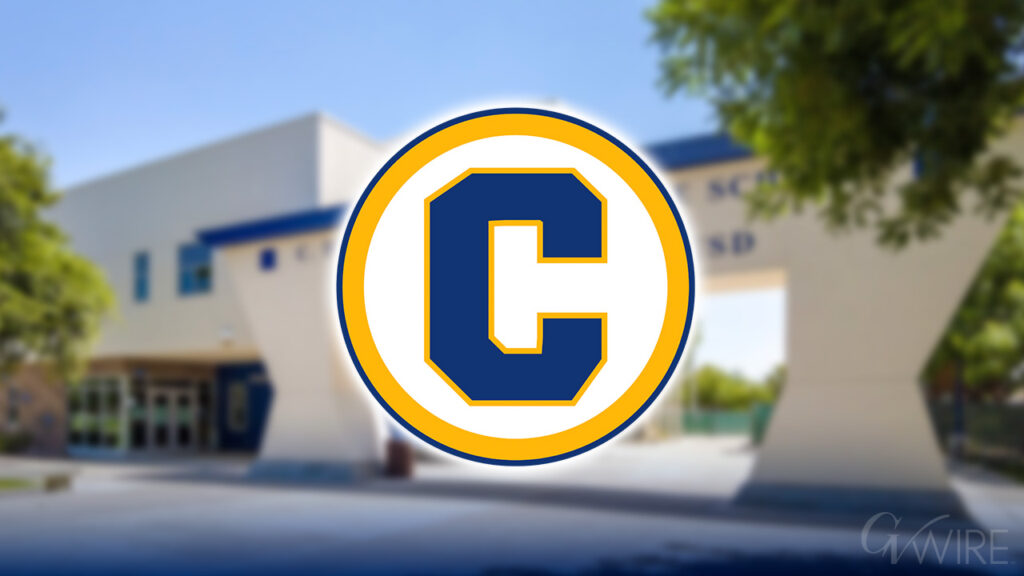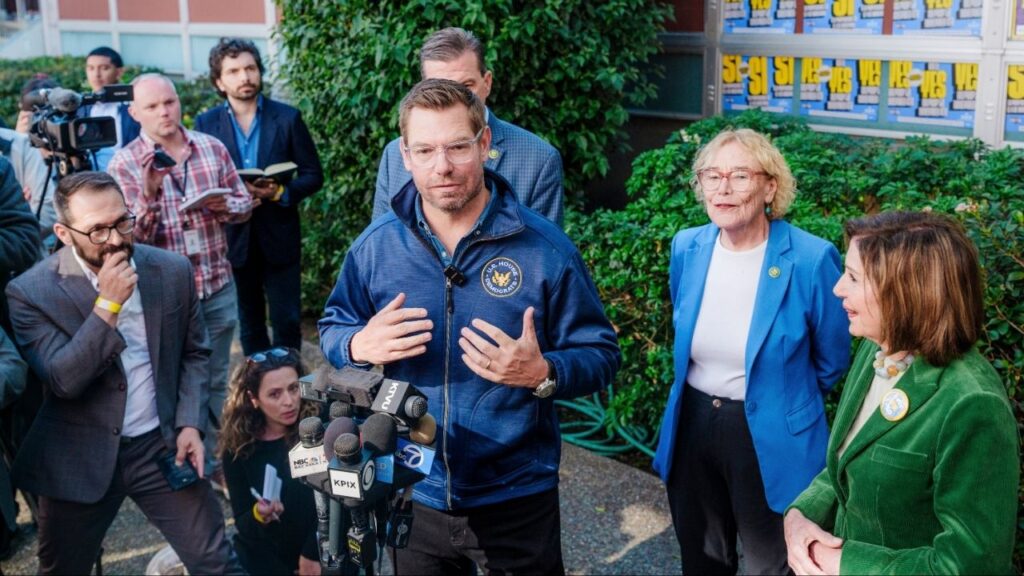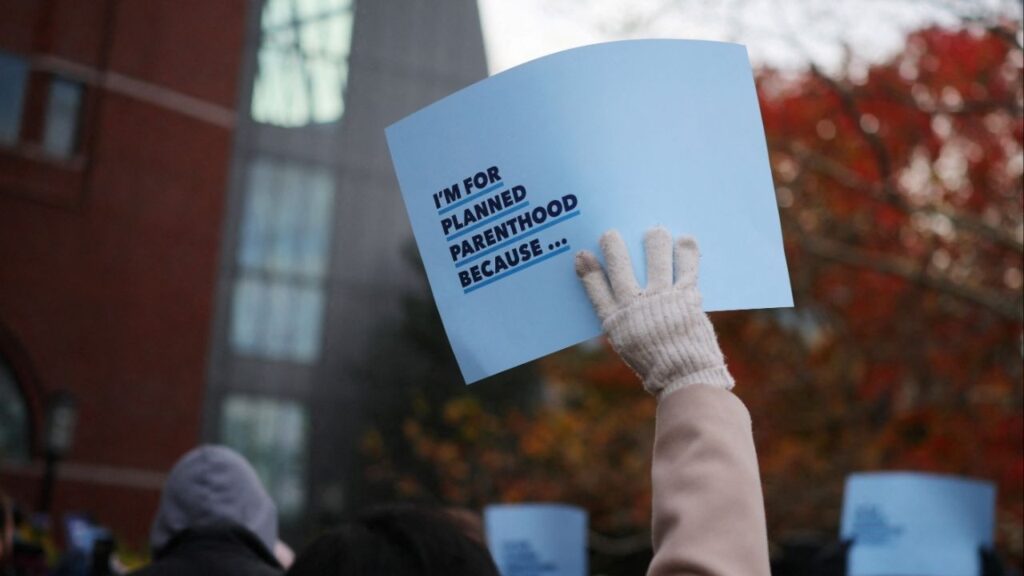Share
On Monday, the Supreme Court will start a new term, with a docket packed with cases that could affect our personal lives, the environment and American democracy itself.
But despite its predominant role, the court is the one branch of our federal government that does not allow itself to be video recorded.

Opinion
Bob Carlson
You can listen to audio recordings of oral arguments, but they are released only once a week, on Fridays. Written transcripts are released every day, but that’s a poor substitute for watching the proceedings with your own eyes.
Our democracy, based on the rule of law, depends on public understanding and trust of our institutions, including the courts. It is therefore unfortunate that most Americans can only follow the work of the supreme institution upholding the law indirectly through news reports, transcripts and audio recordings.
What’s more, there is a qualitative difference in the understanding you get from listening to a recording of an argument versus watching it. The audio recording doesn’t capture the justices’ non-verbal reactions to lawyers’ arguments, or lawyers’ reactions to the justices’ questions or the justices’ reactions to one another.
There is an understandable concern that cameras would disrupt the collegiality of the court and would change the way participants conduct themselves.
Worry That Some Justices Would Play to the Cameras
Last year, Justice Sonia Sotomayor said she worried that some justices would play to the cameras. But this assumes that Supreme Court justices cannot rise above the petty politics that plague other institutions.
Most Americans, he said, “will see 15-second takeouts on the network news, which, I guarantee you, will be uncharacteristic of what the court does.” That, he concluded, would “misinform the public.”
This assumes that the media are not ethical enough to accurately condense the court’s proceedings, and that citizens are not smart enough to comprehend them without watching gavel-to-gavel coverage. That shortchanges the integrity of the media and the intelligence of voters.
Most state courts have allowed cameras for decades, but most federal courts ban them. One exception is the U.S. Court of Appeals for the 9th Circuit, which has provided video of its oral arguments since 2010.
It is very popular. The court has more than 5,800 archived videos, which have been viewed more than 1.3 million times. Some law schools stream the court’s arguments for instructional purposes.
Access to Video Would Help Citizens Better Understand
At an American Bar Association panel discussion last year, 9th Circuit Judge Johnnie Rawlinson said she initially opposed cameras, but once they were installed at her court, they were very successful. “By and large, I think it’s been a positive for our court to have the openness that we have with the cameras,” she said. “And I’m hopeful the experiment will become the norm throughout the country, including the Supreme Court.
The ABA summarized its support for cameras in a 2014 letter to Congress.
It said, in part, “The ABA remains committed to the belief that all federal courts, including the Supreme Court, should experiment with and expand electronic media coverage of both civil and criminal proceedings. We … believe that courts that conduct their business under public scrutiny protect the integrity of the federal judicial system by advancing accountability and providing an opportunity for the people they serve to learn about the role of the federal courts in civic life.”
That remains true today. It is time for the Supreme Court to let citizens see how the judiciary works — not from fictional courtroom dramas but from the real-life give and take between lawyers and justices.
About the Writer
Bob Carlson is president of the American Bar Association. He wrote this for InsideSources.com.



















